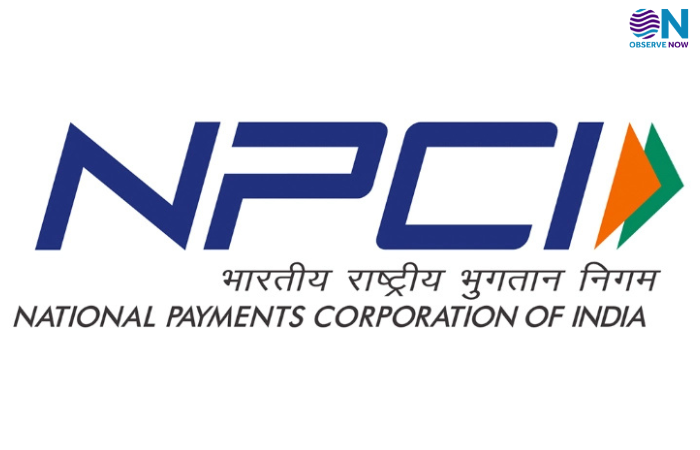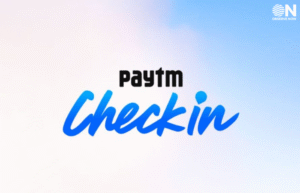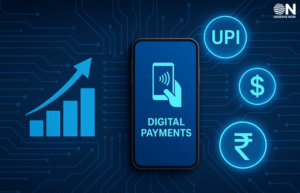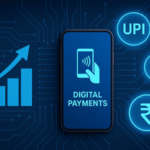NPCI Introduces New UPI Features to Enhance Digital Payments

The National Payments Corporation of India (NPCI) has launched a series of new products aimed at expanding the capabilities of the Unified Payments Interface (UPI) and making digital transactions more secure and convenient. Key introductions include Aadhaar-based face authentication, on-device biometric verification, and micro-ATM cash withdrawals via UPI, reflecting NPCI’s push toward innovation in digital payments.
These new features are designed to enhance user experience and streamline authentication, enabling safer and faster transactions. Aadhaar-based face recognition allows users to authenticate payments seamlessly, while on-device biometric verification ensures that sensitive data remains protected on the user’s smartphone. The micro-ATM feature facilitates cash withdrawals directly through UPI, bridging the gap between digital and physical financial access, particularly in semi-urban and rural regions.
In addition, NPCI has introduced UPI support for joint and multi-signatory accounts, allowing multiple account holders to transact more efficiently and with better security protocols. Wearable device integration has also been implemented, enabling users to make payments through smartwatches and other connected devices, catering to the growing demand for convenient, contactless payment methods.
Officials from NPCI emphasized that these updates aim to further deepen India’s adoption of digital payments, making UPI a versatile platform for a wide range of financial transactions. By continuously innovating, NPCI seeks to enhance trust in digital payment systems and support financial inclusion across the country.
Experts believe that these advancements will empower both individuals and businesses to conduct transactions more securely and efficiently, reinforcing India’s leadership in digital finance. As UPI continues to evolve, NPCI’s focus on user-centric innovations is expected to drive further adoption and transform the way Indians interact with money.
















